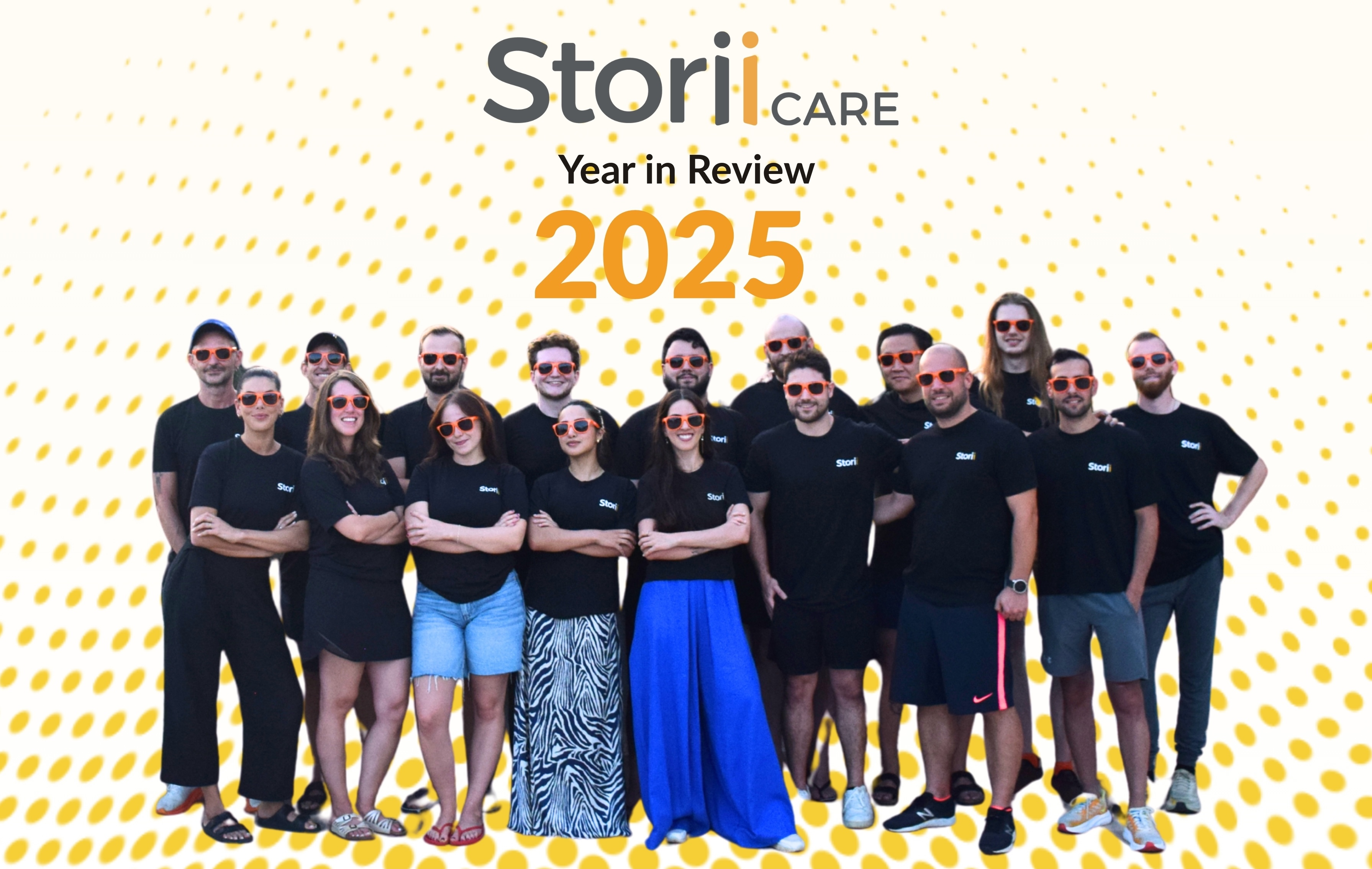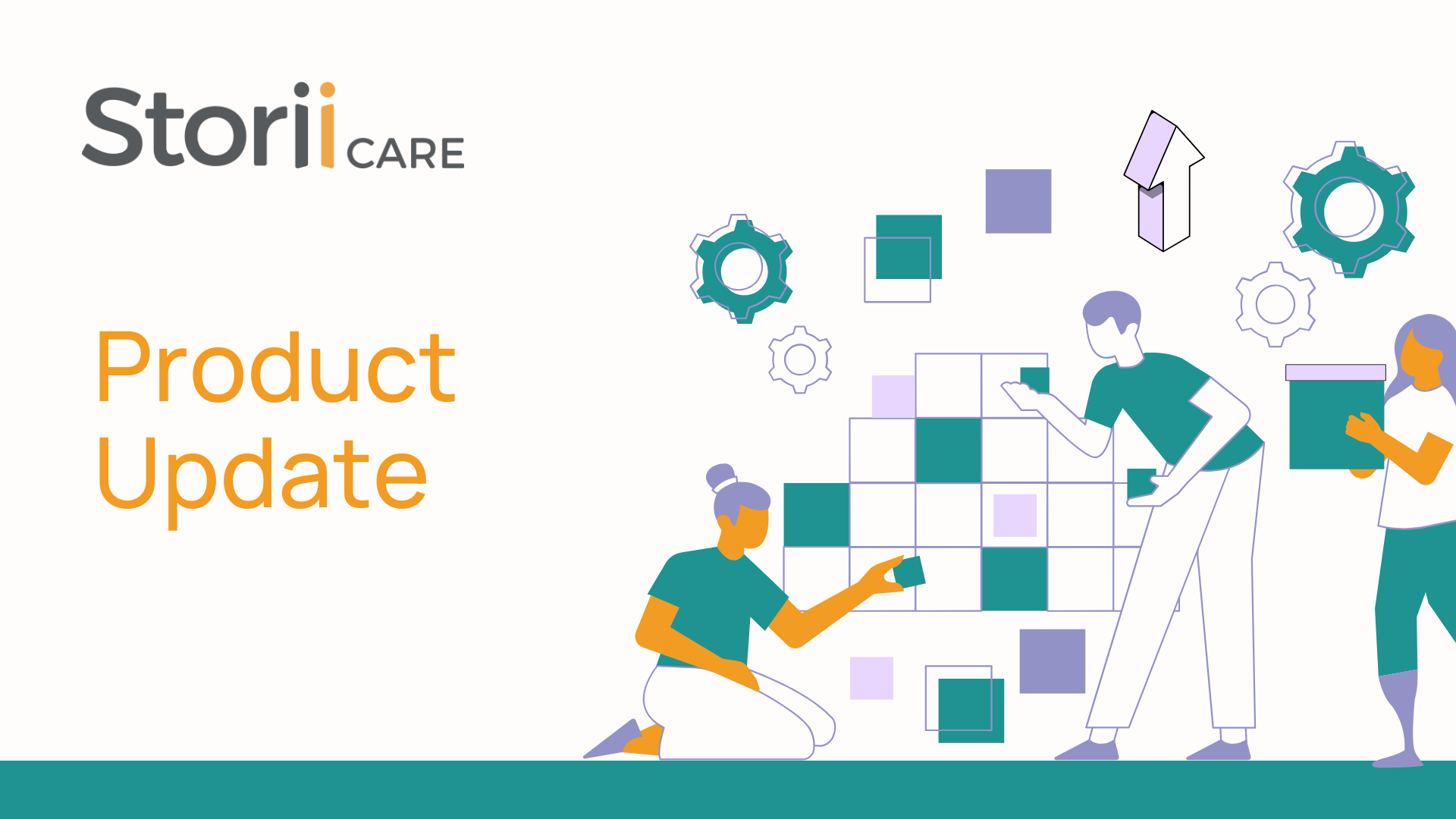Care Plan Components
There is no standard care planning process or template. Care plans vary by business and type of care. While they don't have to follow a specific format, they all serve the same purpose:
Care plans are traditionally paper documents that may include information such as: communication, mobility & dexterity, pain management, personal hygiene, toileting, nutrition, falls prevention, etc. While paper documentation is widely used, there is a significant number of care provides switching to digital care planning. Even regulatory bodies such as the CQC in the UK are receiving government support for the advancement of technology in the care industry. The government has pledged to set up programs that will assess and support providers taking on electronic care management systems, ensuring they have the digital capabilities they need to deliver safe, high-quality and efficient care.
Effective Care Planning
1. Emphasize an individual's strengths and abilities
Focus on what one can do, not what they are incapable of doing.
Example: 'Mr. Khalil can put on his shirt, tie and cardigan but needs help dressing the lower half of his body' instead of 'Mr. Khalil cannot fully dress himself'.
2. Record service user's preferences
This is especially important in a person-centered care model. The preferences of the person receiving care should always outweigh the person who is delivering care. Preferences are generally related to how care or assistance is provided and in what order it is given.
Example: Part of your job is to assist Mrs. Richardson with bathing when you visit her home. She prefers to let the shower steam up before she goes in and gets undressed because she hates being cold. She also prefers to wash her own breasts and genitals. It is important this is noted in her care plan so that no matter what staff member visits her, they are aware of these preferences and provide consistency.
3. Utilize a positive narrative
Be careful to use language that affirms and demonstrates dignity towards the individual.
Example: 'Give Mr. Lopez the opportunity to be supported to use the toilet upon waking, before and after meals and activities, and before his evening walk. With frequent reminders, he will remain continent.' rather than ' Mr. Lopez is frequently incontient and struggles to use the toilet independently.'
4. Demonstrate the involvement of the service user
Record evidence of their abilities, skills or involvement in an activity.
Example: 'Mrs. Campbell is a wonderful water color artist. She likes to paint landscapes and things in nature.' rather than 'Mrs. Campbell does art.'
5. Contextualize behaviors rather than using labels
Labels such as 'difficult' and 'wanderer' are commonly seen in care plans, but they do not offer any meaningful information for care staff. These labels also strip away important context that can provide staff with a fuller picture and better understanding of how to provide care to an individual.
Example: 'Ms. Yang will shout and spit at staff if she experiences a sudden change and doesn't understand what is happening to her. Please always approach her from the front and tell her what you are going to do before you do it.'
Digital Care Planning
If you are a care provider considering a transition from paper-based to digital care planning you might find these resources helpful:
How Much Time Does Electronic Care Planning Save?
Switch to Electronic Care Planning & Watch Productivity Increase






.png)










